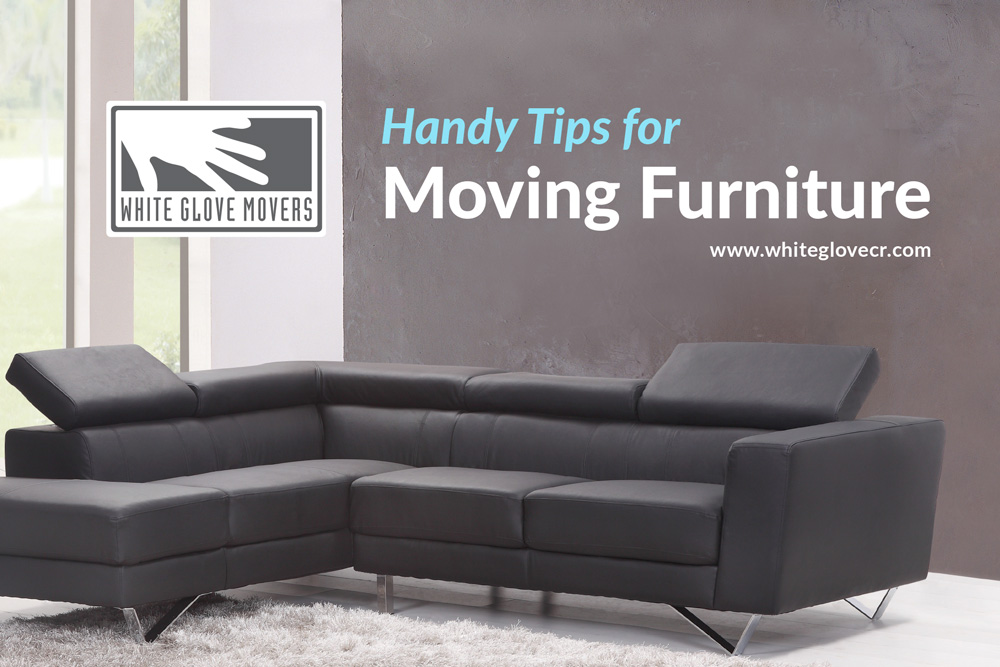Sometimes the most stressful part of moving isn’t coordinating all of your tasks, sometimes it can be the act of literally moving your belongings. Now doubt you’ve spent plenty of time scheduling service changes, booking the rental truck, reaching out to people to help you, and more. Next will come the actual moving.
When you look around your current space and assess all of the pieces of furniture you need to move, consider the following tips for making the process a smoother, easier one.
Double up – When moving bulky pieces of furniture such as shelving units, hutches, and filing cabinets, be sure to grab a buddy. It will be much easier to tip the item backward at an angle so one person can carry the bottom and the other carries the top. Not only will this be easier on both of you, but it centers the weight of the piece and keeps it from moving beyond your control. It will be much easier to move items up and down stairs this way too since the angle will almost match the slope of the stairs.
Curl chairs around corners and door frames – Maneuvering furniture around corners and through doorways can be one of the oddest parts about moving. When moving chairs in and out of rooms, consider “hooking” them. To do this, turn the chair on its side so it looks like an “L”. Then move the chair back-first through the doorway or around the corner. You’ll then be able to curl (or hook) it around the door frame so it slips clearly through.
Stand sofas up – Ahh, the dreaded sofa. One of the trickiest parts about moving. Most of the time it will be stressful and impossible to move a couch horizontally into the room. Consider standing the couch on end before you enter the hallway. You should be able to hook it through the door and if it’s a little bit taller than the door frame, start the top away from the door so you’ll have plenty of clearance.
Use lifting straps on heavy objects – For your particularly heavy items such as safes and cabinets, be sure to track down a pair of lifting straps. Such straps can be adjusted to different-length objects and for different-sized movers. Take a look at Amazon to see what’s in stock or at your local home center. These straps will take the pressure off your back and other large muscle groups so you don’t have to worry about injuring yourself or helpers.
Avoid lifting when you can – There’s no point in lifting heavy pieces of furniture when you can slide or drag them. While you’re out and about (or shopping online) looking for lifting straps, be sure to locate the furniture slides. If you can’t find any, make your own out of plastic container covers, moving blankets, towels, and other objects. Place the sliders under each corner of the piece of furniture and slide it to the desired spot – no lifting required!






